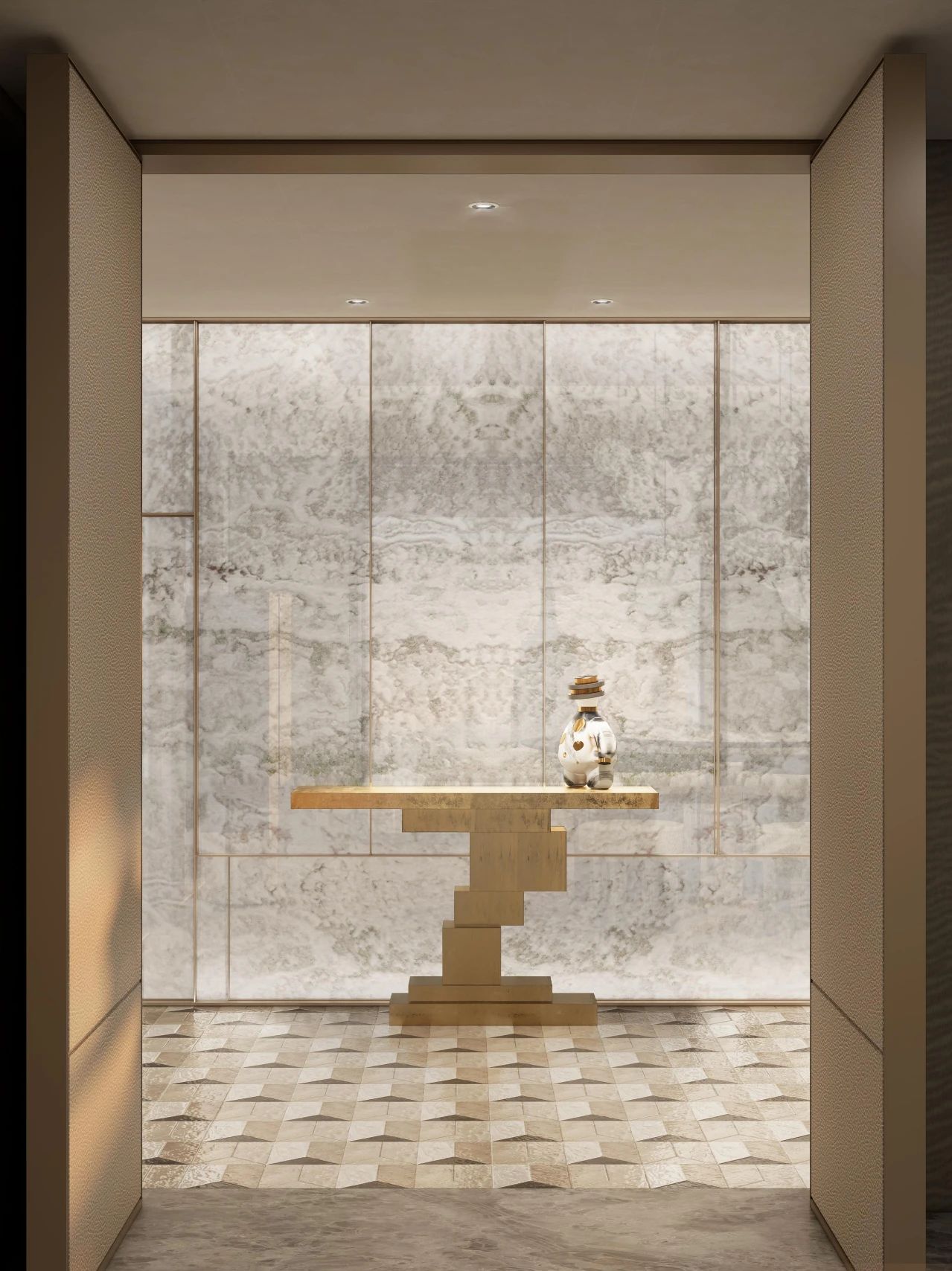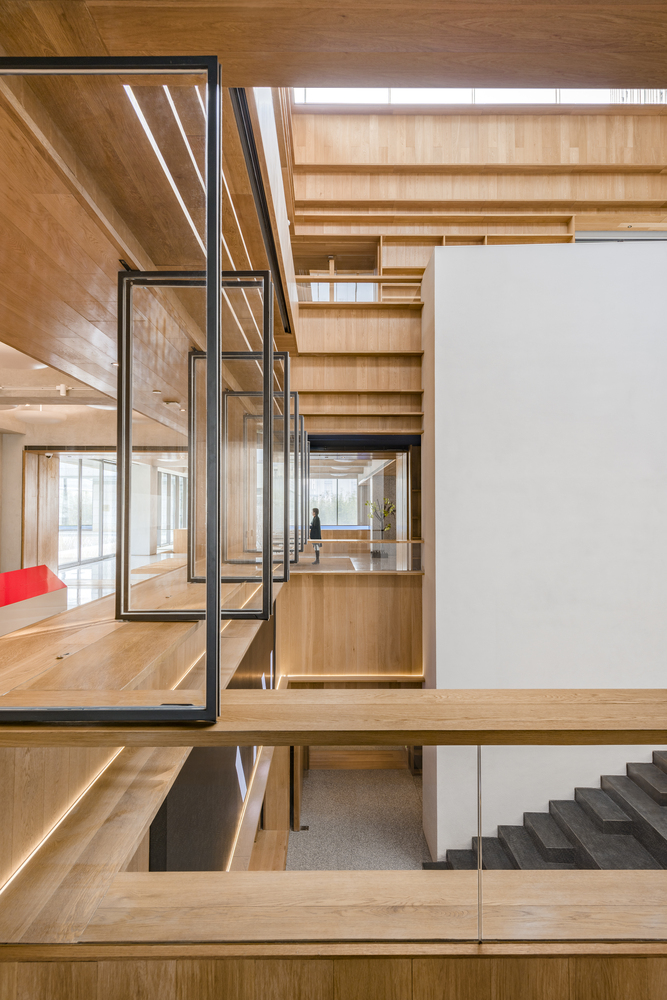Umi
2018-12-13 19:00
架构师提供的文本描述。UMI儿童戏剧艺术中心是一个有趣而富有想象力的教育空间,供儿童在表演艺术中探索和成长。这个550平方米的室内由两个不同的空间和几何组成,这两个空间是心理学研究和研究的衍生物,其双重区域旨在鼓励和支持不同的学习和发展行为和过程。
Text description provided by the architects. The UMI-play Children’s Dramatic Arts Center is a playful and imaginative educational space for children to explore and grow within the performing arts. This 550sqm interior is composed of two distinct spaces and geometries, derivative of psychological studies and research, the dual areas are designed to encourage and support different behaviors and processes of learning and development.
Text description provided by the architects. The UMI-play Children’s Dramatic Arts Center is a playful and imaginative educational space for children to explore and grow within the performing arts. This 550sqm interior is composed of two distinct spaces and geometries, derivative of psychological studies and research, the dual areas are designed to encourage and support different behaviors and processes of learning and development.
Theater. Image © Zhenyong Yang
剧院。形象:杨振勇


初级空间由流体和自然几何组成,可适应各种表现、表达和即兴活动。第二个空间,一系列4个适应性强的教室被驱动向专注和集中。
The primary space is comprised of a fluid and natural geometry, adaptable to various performance, expressive and improvisational activities. The second space, a series of 4 adaptable classrooms are driven towards focus and concentration.
The primary space is comprised of a fluid and natural geometry, adaptable to various performance, expressive and improvisational activities. The second space, a series of 4 adaptable classrooms are driven towards focus and concentration.
Axonometric


Assembly part


这些空间具有更正交的组织,在细节设计中具有柔和的表达矩。流体性能空间与常规教室的结合创造了能够适应表演艺术所涉及的各种教育模式的中心。
These spaces have a more orthogonal organization with gentle expressive moments within the design of details. The combination of the fluid performance space and the regular classrooms creates and center capable of accommodating the various modes of education involved in the performing arts.
These spaces have a more orthogonal organization with gentle expressive moments within the design of details. The combination of the fluid performance space and the regular classrooms creates and center capable of accommodating the various modes of education involved in the performing arts.
Details. Image © Zhenyong Yang
细节。形象:杨振勇


Details. Image © Zhenyong Yang
细节。形象:杨振勇


定制家具的设计和细节设计是为了进一步增强空间的适应性。这些组件能够在空间中扮演不同的角色,孩子和教官可以重新安排和转换空间来定义不同的环境和集合。
The design of the custom furniture and detailing is meant to further enhance the adaptability of the space. These components are capable of playing various different roles within the space, the children and instructors can rearrange and transform the spaces to define different environments and sets.
The design of the custom furniture and detailing is meant to further enhance the adaptability of the space. These components are capable of playing various different roles within the space, the children and instructors can rearrange and transform the spaces to define different environments and sets.
Corridor to classroom. Image © Zhenyong Yang
走廊到教室。形象:杨振勇


Lobby. Image © Zhenyong Yang
大厅。形象:杨振勇


该定制几何是通过使用简单的平面包装数控铣削工艺。创造一个从数字到物理的流线型流程,施工的安装和精度是通过一套新颖的图纸和技术来协调的。奇异制造技术通过空间重新部署不同但相关的几何图形,创建连接不同编程空间的可见线。
The customized geometry was fabricated through the use of simple flat pack CNC milling processes. Creating a streamlined flow from the digital to the physical the installation and precision of the construction was coordinated through a singular set of novel drawings and techniques. The singular fabrication technique redeploys variant yet related geometries through the space creating a visible thread connecting the different programmatic spaces.
The customized geometry was fabricated through the use of simple flat pack CNC milling processes. Creating a streamlined flow from the digital to the physical the installation and precision of the construction was coordinated through a singular set of novel drawings and techniques. The singular fabrication technique redeploys variant yet related geometries through the space creating a visible thread connecting the different programmatic spaces.
Corridor to classroom. Image © Zhenyong Yang
走廊到教室。形象:杨振勇







































































































